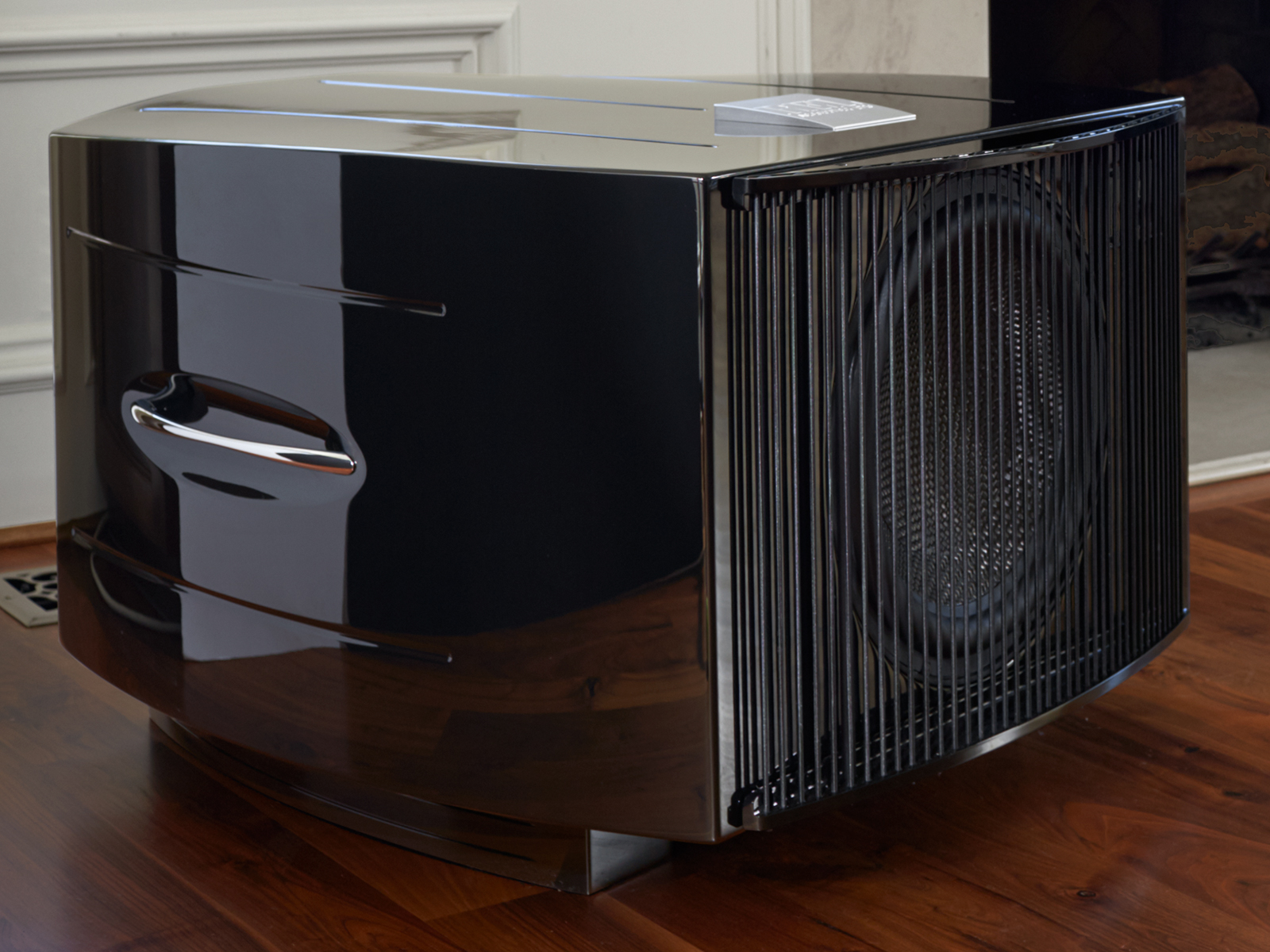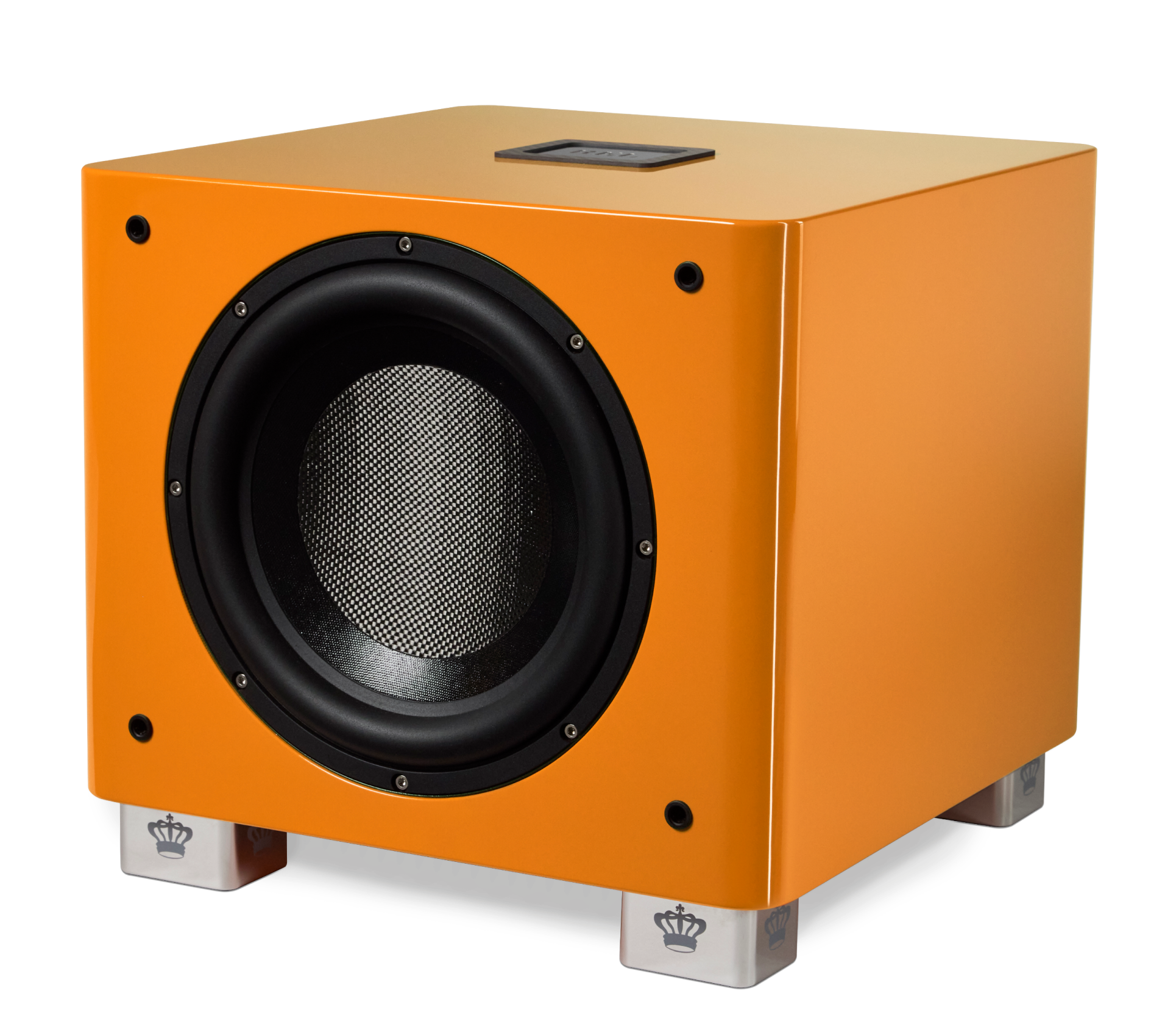Blog
Building The Heart and Soul Of A Subwoofer
Exploring the No. 25 Fifteen Inch Driver
 When the idea to create a 25th Anniversary model sprang to life, it quickly emerged that this opportunity couldn’t be wasted on some fluffy dressing up of an existing model; this had to be special. As the project gathered steam, it changed from being a warm and fuzzy look back at the last 25 years into a statement of purpose about what the next 25 years would hold. A glimpse of the future and a statement product all-in-one.
When the idea to create a 25th Anniversary model sprang to life, it quickly emerged that this opportunity couldn’t be wasted on some fluffy dressing up of an existing model; this had to be special. As the project gathered steam, it changed from being a warm and fuzzy look back at the last 25 years into a statement of purpose about what the next 25 years would hold. A glimpse of the future and a statement product all-in-one.
With any project, we begin by outlining the non-negotiable goals, building the driver around this and then working backward through the amplifier requirements and cabinet topology and dimensions necessary to pull together all these attributes into a finished design. In this case, we wanted to see a near field (measuring long wavelength bass waves at much further than a foot lets the room’s issues bleed into the measurements) and dynamic output of at least 112 dB. We wanted greater control over room acoustics and the ability to deliver smoother, more even bass over a greater spread of frequencies without resorting to the heavy-handed (and slow) trick of using room correction – and it had to move massive volumes of air.
To accomplish this, we started by exploring the possibility of using an 18” driver—an 18” driver moving just 1/2” moves about as much air as a 10” driver stroking almost its full 2” travel. Moreover, a large driver with shorter stroke means the voice coil stays in the most linear region of the driver’s magnetic field yielding a faster, purer sound. But only IF we can keep the moving mass of the unit very low. In the end, we discarded the 18” approach as simply requiring too large a cabinet to be practical in the home environment and settled in on a 15” as being the perfect blend of size and speed needed to bring this project home.
The key to lowering weight and creating a fast driver is exploring the use of alternative cone materials. Building a big, heavy blunderbuss would have been easy and would have produced some impressive low-end results, but would not have delivered on the ultimate goal of being bigger, better and faster. In the end, the material decision became easy as nothing beats the strength to weight ratio of high-grade carbon fibre, properly shaped (physics still matters—getting cone curvature and strengthening just right is key). A note, not all carbon fibre is made the same. The best in the world comes from 3 countries—The UK, US and Finland all make ultra high-grade carbon fibre. We fly in UK carbon fibre in planes outfitted with special chillers designed to keep the carbon fibre frozen until just before it is formed. This is key to achieving the strength to weight ratio we desire and keeps the fibres in their most pliable state until the final heat and vacuum forming takes place.
In the end, we slightly overshot our 112dB goals with a final output of 113db, and low bass extension down into the 15Hz region; and in a driver that has far better speed and impulse response than any traditional 10” driver that our older models would have used. We then added not 1, but 2 channels of parametric equalization that allows for the astonishingly smooth and even, in-room response we were seeking without substantial loss of speed. If you have yet to experience what a pair of No.25’s or a Reference Line Array stack can yield, the highest end dealers and distributors in the world are gushing over the improvement these beauties make even when under pinning $200,000-plus speakers that represent the ne plus ultra of our industry.











